Recent figures from the British Retail Consortium (BRC) reveal that the number of shoppers visiting UK high streets fell by 4.5% in June compared with 2018.
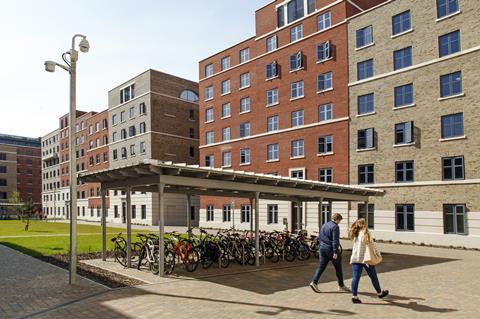
The rise of online shopping, allowing consumers to buy what they want, where and when they want, at the click of a button, has shaken up the traditional high street retail model. Add in high rents, business rates and wider political and economic certainty and it is little surprise that high street names such as Toys R Us and Debenhams drifted into administration.
Retailers’ struggles are not only affecting our high streets. Historically seen as a good investment, retail has fallen out of favour among investors who crave long-term, stable plays.
A changing landscape
Apache Capital’s managing director Richard Jackson says: “Certainly, retail’s woes look unlikely to end any time soon as every month seemingly brings news of another household name entering administration.
“For institutional investors, these uncertain headwinds blowing down the UK high street and across its retail parks have made it an increasingly unattractive play.”
However, investors’ money still needs to find a home – and increasingly, as Deepa Deb, real estate partner at Dentons, notes, the decline in traditional retail investment has been matched by an uptick in residential investment.
“Across the board we have seen a decline in investment in traditional high street retail assets over the past few years,” she says. “But investors still want to earmark this money for real estate investment as part of their portfolio diversification strategy, and for many that has meant a shift to alternative residential assets.
“Developments such as BTR [build-to-rent] or PBSA [purpose-built student accommodation] are increasingly seen as solid, income-producing defensive plays.”
Investors are also attracted to defensive assets like residential because they act as a hedge against inflation due to the way residential rents have performed historically.
The predicted cashflows into, and valuations of, assets such as PBSA and BTR are impressive. Recent Savills research suggests that while current UK BTR stock is worth less than £10bn, once the sector reaches full maturity that stock could be worth £550bn at today’s values.
“Build-to-rent has stable, income-driven characteristics and by meeting a clear demand for more homes over the long term – which many retail sites have great potential to provide – it is perfectly primed to appeal to investors who may be turning away from retail,” adds Jackson.
High-profile deals
Recent high-profile deals such as Goldman Sachs’ £2bn investment in retirement housing developer Riverstone and Greystar’s launch of a £2bn BTR fund indicate that investors are getting more and more comfortable with these types of assets.
While some of the recent flurry of investment in residential may once have been earmarked for retail, ironically it is precisely these resi assets that might prove to be the saviour of physical stores, because cultural shifts around how we want to spend our time and where have not just affected the retail sector. As well as demanding experience and a sense of community from the high street, consumers are also increasingly demanding these same things from their homes.
As a result, institutional investors have been pouring billions of pounds into BTR developments that have been designed with sociability, community and retail in mind.
Mixing BTR schemes with retail outlets not only caters to the variety of experiences today’s consumers desire, it also makes solid financial sense.
Combining BTR with retail supports investment because of the far higher values residential development carries. This helps to underwrite or subsidise other areas – such as food and beverage outlets – that might be struggling.
To Johnny Caddick, managing director of Moda Living, BTR makes perfect sense for mixed-use schemes. Backed by Apache Capital Partners, Moda is developing 6,500 BTR homes across England and Scotland.
“As the world of traditional retail shatters, developers need to wise up to how prime spaces in the centre of town can be better used to get greater financial returns,” he says. “The way we shop has changed and the rise of ecommerce shows that convenience is now king.”
The ability to house people next to high street retail is key to getting people to spend money there.
Institutional investment in residential could provide the financial certainty that those stores need to thrive in an evolving retail landscape.
If you hail from the residential sector or have an interest in mixed-use, you can’t afford to miss the RESI Convention. Join key decision-makers as we look ahead to what the future holds for our ‘Brave New Mixed-up World’ examining the residential sector in the context of the whole property market. Secure your place for 11-13 September 2019 to network, debate and dine over three days at this essential meeting place. Tickets are selling fast.
Find out more and book now
























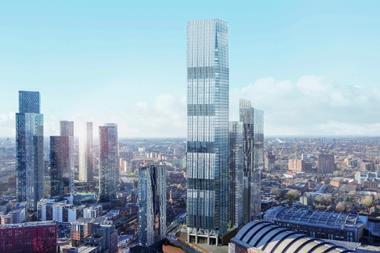
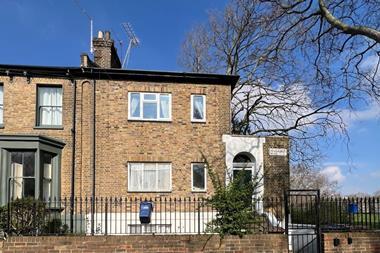

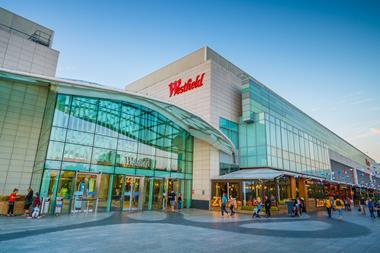
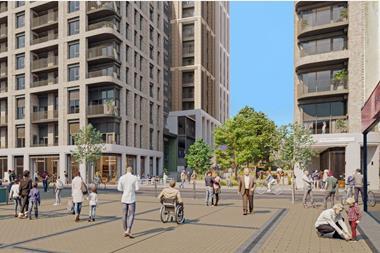
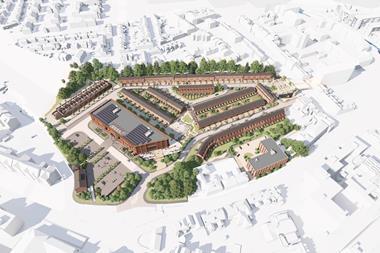
No comments yet